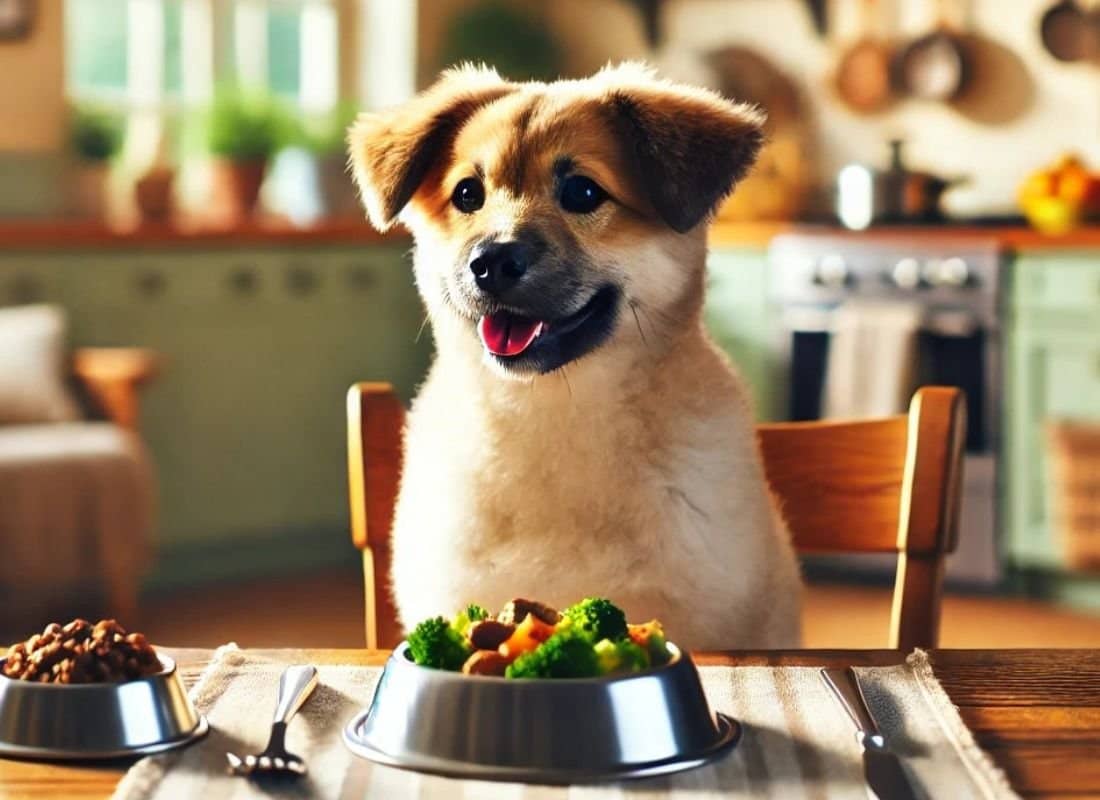The Shocking Dangers of Rendering Plants Used in Making Dog Kibble

As a responsible pet owner, you’ve likely spent time scrutinizing the labels on your dog’s food. However, one critical aspect that often goes unnoticed is the origin of the meat byproducts listed in many dog food ingredients, especially when you see the word ‘meal’ after chicken, beef, fish, etc. A significant portion of these byproducts comes from rendering plants, facilities that process animal waste into usable products. While rendering plants play a vital role in waste management, their involvement in the pet food industry raises serious concerns about the quality and safety of the ingredients in your dog’s kibble.
What Are Rendering Plants?
Rendering plants process discarded animal parts, including fat, bones, and viscera, into ingredients used in products like animal feed, fertilizers, and even cosmetics. While this recycling reduces waste, the quality of raw materials used in rendering varies widely and often includes:
- Expired meat from grocery stores (including packaging materials).
- Diseased or euthanized animals from shelters or farms (including syringes, collars, etc).
- Slaughterhouse waste unsuitable for human consumption.
These raw materials are cooked at high temperatures to kill bacteria and produce a product called “meat and bone meal” or “animal fat,” which frequently ends up in pet food.
Potential Risks to Your Dog’s Health
The inclusion of rendered products in dog kibble can pose significant health risks to your pet:
- Contaminants and Toxins:
- Rendered products can contain harmful substances such as pentobarbital, a euthanasia drug, if euthanized animals are processed.
- Heavy metals and toxins from diseased animals or packaging materials may persist despite high-temperature processing.
- Nutritional Inconsistencies:
- Rendered meals often lack the essential amino acids and nutrients found in fresh, high-quality proteins, leading to poor nutritional value for your pet.
- Allergic Reactions:
- The use of mixed and unspecified animal parts can increase the risk of food allergies in sensitive dogs.
- Digestive Issues:
- Low-quality rendered fats can cause digestive upset, including diarrhea and vomiting, especially in dogs with sensitive stomachs.
How to Choose Safer Dog Food
To protect your dog from the potential dangers of rendering plants, consider the following tips when choosing dog food:
- Read Labels Carefully:
- Look for clear, specific ingredient names like “chicken” or “salmon” instead of vague terms like “poultry meal” or “animal fat.”
- Opt for Premium Brands:
- Choose brands that prioritize human-grade, sustainably sourced ingredients and avoid using byproducts or meals from rendering plants. Make sure that the nuggets are gently baked at around 200 degrees – if you don’t know, ask the company who makes the food. In my personal opinion, some home cooking plus Carna4 pet foods is a great and much safer choice that respects your pet’s health. The higher price is definitely lower that paying your vet for a lifetime of ongoing sick visits for your pet.
- Research the Manufacturer:
- Investigate the company’s sourcing and manufacturing practices to ensure transparency and quality control. Check on any recalls in the past few years.
- Consider Fresh or Freeze-Dried Options:
- Foods made from fresh, whole ingredients or freeze-dried raw diets often have higher nutritional value and avoid rendered ingredients altogether.
- If possible, home cook your dog’s food so that you are aware of every ingredient you put into. Just make sure your ingredients are thoroughly safe for dogs! There are certain foods and spices that are very toxic to pets.
Conclusion
While rendering plants serve an important role in waste management, their involvement in pet food production introduces significant health risks for dogs and cats. By understanding the origins and implications of rendered ingredients, you can make informed choices that prioritize your pet’s well-being. A commitment to high-quality, transparent ingredients is the first step toward ensuring a long and healthy life for your furry friend.
Leave a Reply
You must be logged in to post a comment.


Leave a Comment